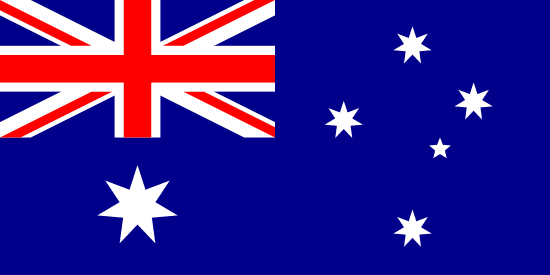"Exmouth: Where the River Meets the Sea"
About:
Exmouth, a town in Devon, England, was established as a port and fishing village in the 12th century. It grew rapidly during the 18th century as a popular seaside resort following the trend set by King George III. The town was heavily fortified during WWII, and post-war, it transitioned into a residential and tourist area. Today, Exmouth is known for its sandy beaches, Jurassic Coast views, and water sports, maintaining its reputation as a popular tourist destination.
When to visit:
Exmouth is a popular holiday destination located in Western Australia, known for its stunning beaches, vibrant marine life, and outdoor recreational activities. The best time to visit Exmouth is during the dry season, which runs from April to October, offering pleasant weather with clear skies and warm temperatures. This period is ideal for exploring the nearby Ningaloo Reef, where you can snorkel or dive to witness the diverse marine ecosystem, including whale sharks and manta rays. It is recommended to avoid the wet season from November to March, as heavy rainfall and humidity can impact outdoor activities and visibility in the water.
When to avoid:
Traveling to Exmouth, Western Australia during the months of December to February is generally considered the least favorable time for a holiday. This period coincides with the region's summer season, characterized by scorching temperatures often exceeding 40°C (104°F). The intense heat can make outdoor activities uncomfortable and even dangerous, particularly for those not accustomed to such extreme conditions. Additionally, this peak tourist season can result in crowded beaches and higher accommodation prices.
"Winter (June–August)"
Exmouth, Australia experiences its wettest period from January to March, during the Southern Hemisphere's summer. Average temperatures range from 24-33°C, with rainfall peaking in February at about 170mm. Despite the rain, there's still plenty of sunlight, averaging 8 hours per day. Cloud cover is moderate, yet sudden, heavy showers are common. For a visitor, an average day might start sunny and hot, then turn into a tropical downpour in the afternoon. The high humidity might feel oppressive, but the rain brings a refreshing change. Despite the rain, it's still a good time for indoor activities or exploring the underwater world of Ningaloo Reef.
"Summer (December–February)"
Exmouth, located in Western Australia, experiences its warmest period from December to March, during the Australian summer. During this time, typical daytime temperatures range from 35°C (95°F) to 40°C (104°F), though it can occasionally go higher. Nighttime temperatures drop to around 22°C (72°F) to 25°C (77°F).
Rainfall is relatively low in this period, with January and February being the wettest months, receiving an average of 40-50mm of rain. However, the occurrence of cyclones can significantly increase this amount.
Sunlight is abundant during the summer, with an average of 10-12 hours of daylight per day. The skies are mostly clear, with only about 20-30% cloud cover on average, providing plenty of opportunities for sunbathing and outdoor activities.
Humidity is relatively high due to the coastal location of Exmouth, averaging around 60-70% during these months. However, the constant sea breezes help to offset the effects of the heat and humidity, making it feel more comfortable.
A typical day for a visitor during this time would involve warm mornings perfect for beach activities, followed by hot and sunny afternoons. Evenings are warm, making it ideal for outdoor dining or stargazing. Despite the high temperatures, the sea breeze provides a refreshing respite, making the climate bearable and even enjoyable for many visitors.
Language:
Exmouth, located in England, primarily features English as its commonly spoken language. Given its status as a tourist destination, one may also encounter a variety of languages spoken by visitors, although these are not as prevalent.




